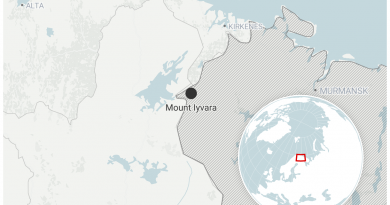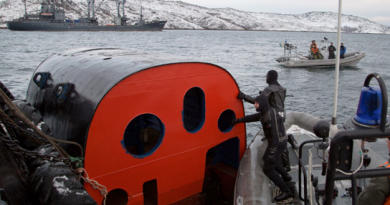New step to protect areas of Arctic Alaska as Trump’s oil agenda nears
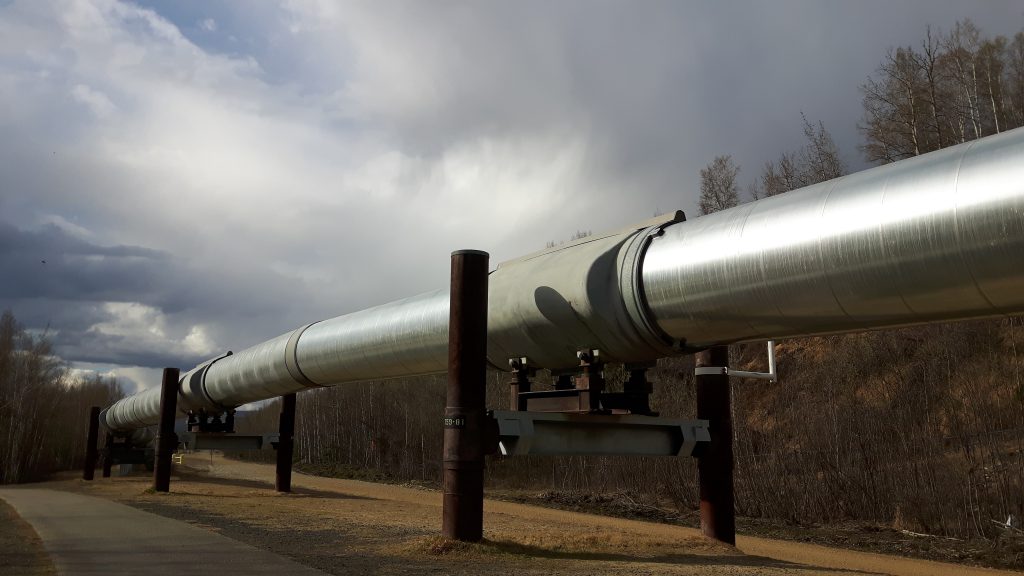
The U.S. Bureau of Land Management (BLM) plans to put temporary measures in place to protect subsistence activities in Alaska’s National Petroleum Reserve, it said in a new report.
This includes protecting places already designated as Special Areas, as well as planning additional new, and modified, Special Areas.
The report was based on public input into the question of what areas of the state needed special protection. The BLM received nearly 80,000 comments from the public.
“Throughout our efforts to receive feedback from the public, we heard significant input about the need for protecting subsistence by identifying it as a significant resource value in the NPR-A,” Acting Deputy Secretary Laura Daniel-Davis, said in a statement on Thursday.
Many of the public comments focused on fish and wildlife protection, something vital to Alaska Native communities that still rely on the subsistence hunt.
- Size: 23 million acres
- Location: Northwestern slope of the Brooks Mountain Range to the Arctic Coast
- Oil and Gas Leasing: Open to oil and gas development, but Special Areas set aside to protect sensitive ecosystems
- Wildlife: home to several populations including polar bears, caribou, and migratory birds
- Indigenous Importance: essential for the subsistence hunt for Indigenous Alaskans
The BLM said it would taking steps to ensure these resources are better protected, especially as the agency continues to balance oil and gas development in the region.
“Fish and wildlife have provided food for Alaska Native people in this region for millennia and, based on the information we received and our legal mandate, we have concluded it is necessary to commence a process to ensure its protection,” Daniel-Davis said.
High risk areas to be prioritized
The National Petroleum Reserve is situated in western Alaska.
The bureau said it first focus on areas where subsistence activities are most at risk. Examples could include modifying infrastructure like roads or airstrips, and other activities that might disrupt local subsistence practices. The agency said it would also consider expanding or creating new Special Areas, where additional protections can be applied.
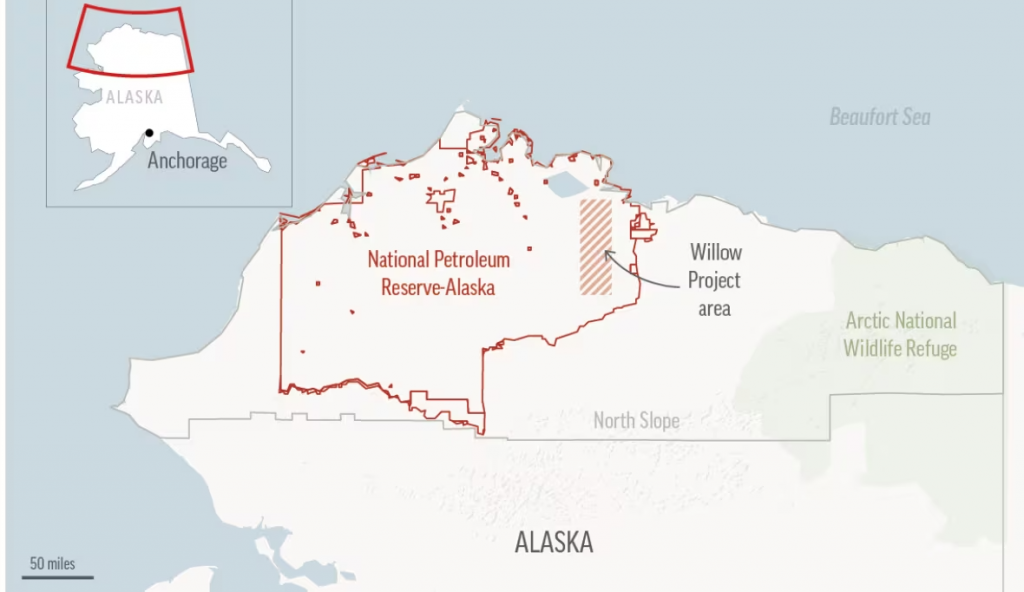
A significant part of the process will be ongoing consultation with Alaska Native Tribes and local communities to determine which areas require more protection. The agency is committed to working closely with these groups to ensure their concerns are addressed as part of the decision-making process.
The BLM has emphasized that while it works to protect subsistence resources, it must also continue to manage the Reserve for oil and gas exploration. The agency said it will find ways to protect resources vital to local communities while still allowing for responsible development of energy resources.
The final decisions on which areas will receive additional protections will be made after further public input and a thorough review of potential impacts, the BLM said.
Oil and gas policies
This report’s release comes just a few days before before President-elect Donald Trump takes office on January 20.
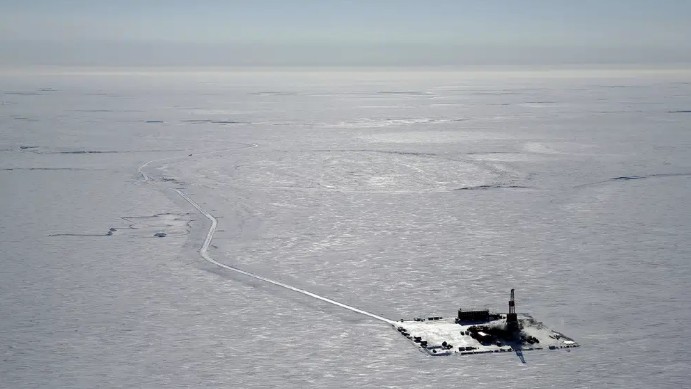
The previous Trump administration pushed for more oil and gas development in Alaska. During the 2024 election campaign, he touted Arctic drilling as a cornerstone part of his Arctic and energy policies.
Previously this month, President Biden banned new oil and gas leasing in parts of the Arctic, including the Northern Bering Sea and other U.S. coastal areas.
Shortly after, Trump signaled plans to undo some of Biden’s decisions, possibly opening up more areas for Alaska drilling.
Comments, tips or story ideas? Contact Eilís at eilis.quinn(at)cbc.ca
Related stories from around the North:
Canada: Community in northern Quebec to make the jump from diesel to hydroelectricity, CBC News
Finland: The world could transition entirely to cheap, safe renewable energy before 2050: Finnish study, Yle News
Norway: Chinese rig finds oil in Barents Sea, The Independent Barents Observer
Russia: Production comes to halt at Novatek’s Arctic LNG 2: Bloomberg, The Independent Barents Observer
Sweden: Swedish developer GRANGEX buys iron ore mine on Norway’s border to Russia, The Independent Barents Observer
United States: No bids submitted for oil and gas lease sale in Arctic National Wildlife Refuge, The Associated Press


